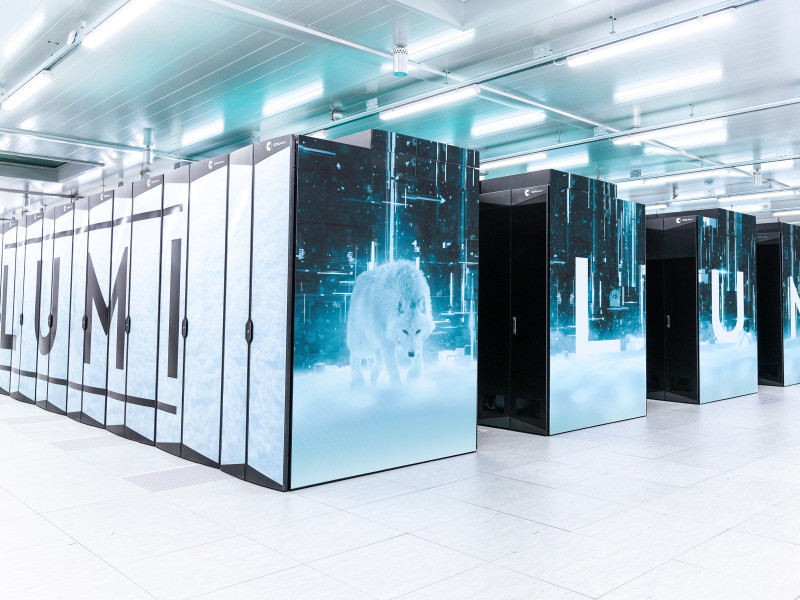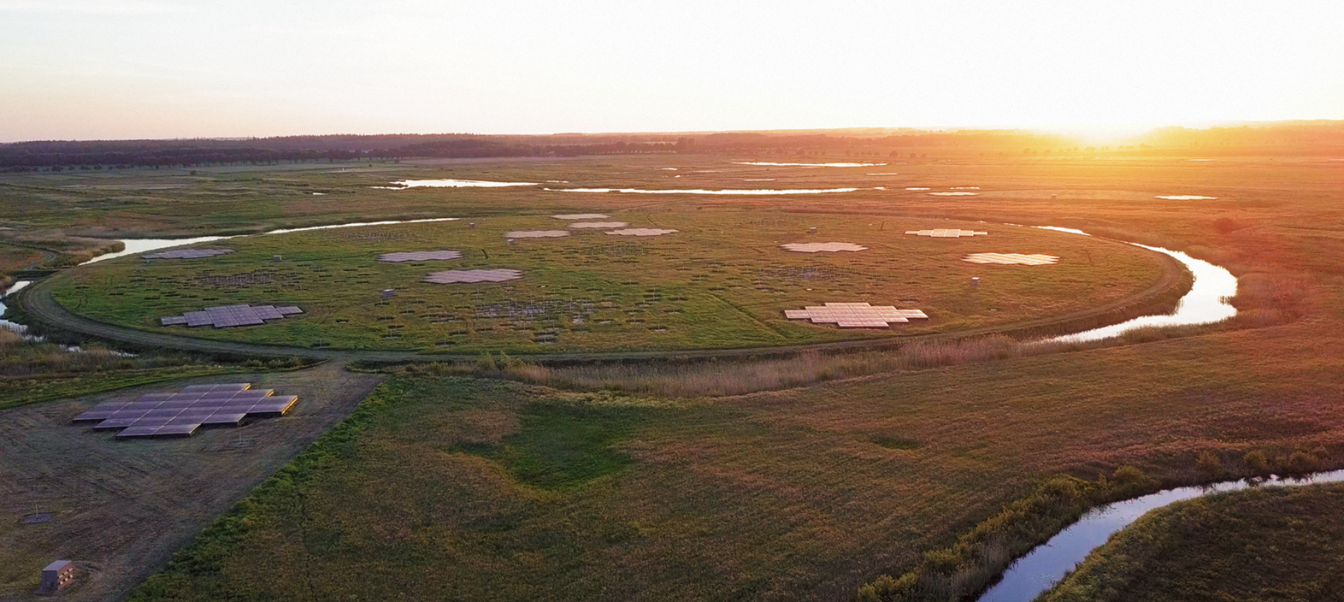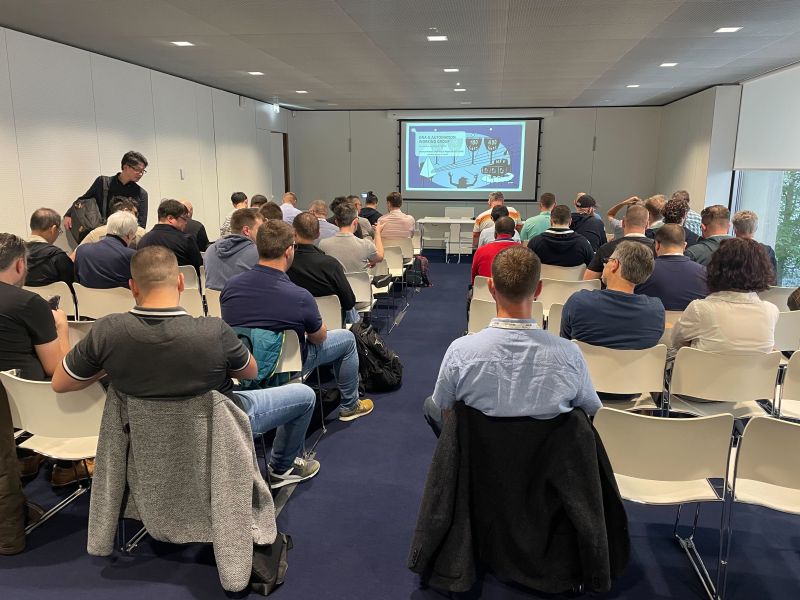CSC, SURF, and Nokia have successfully tested a high-capacity, quantum-safe fibre-optic connection exceeding 1.2 terabit per second (Tbit/s) between Amsterdam and Kajaani (Finland) with data traversing over 3.500 kilometres. The trial demonstrated the potential of ultra-fast, cross-border connectivity for research.
Tests were carried out along several routes, including the longest, which spanned 4,700 km through Norway at a capacity of 1Tbit/s. To put this in perspective, 1 Tbit/s is enough to stream 200,000 full HD movies (at 5 Mbit/s each) simultaneously.
These results are particularly promising as the research community prepares for supercomputers and AI Factories to come online – where reliable, scalable, and secure connections will be critical to supporting some of the world’s largest datasets and most demanding workloads.
The test used a combination of real research data and synthetic data, transferred directly from disk to disk – from SURF’s facility in Amsterdam to CSC’s data center in Kajaani, across five production research and education networks: SURF (the Netherlands), NORDUnet (Nordic backbone), Sunet (Sweden), SIKT (Norway) and Funet (CSC’s network in Finland).
The network solution was based on Nokia’s IP/MPLS routing and quantum-safe optical networking gear. Nokia’s IP technology successfully demonstrated Flexible Ethernet (FlexE) to accommodate “elephant flows”, or very large continuous flows of data, and its high-capacity optical transport technology showed the ability to handle massive data sets generated by HPCs over long distances.
Distance between supercomputing centers is no obstacle
With the exponential growth of research data, especially for training large-scale AI models, the need for resilient, high-throughput and secure connectivity is more critical than ever. This test confirms that multi-domain, high-capacity data transfers across European research networks are both feasible and future-ready. Testing an operational network connection over long distances provides unique insights into data transport and storage of large data volumes. The tests are crucial for improving the infrastructure for data-intensive research.
“We design research networks with future needs in mind,” said Jani Myyry, Senior Network Specialist at CSC. “CSC’s datacenter in Kajaani already hosts the pan-European LUMI supercomputer, and with the upcoming LUMI-AI supercomputer and AI Factory coming online, reliable and scalable data connections throughout Europe are essential. Even though the geographical distance is significant, it poses no obstacle to data traffic.”
Ready to take the next step in aligning European supercomputers
“As SURF, we are ready to take the next step in aligning European supercomputers,” said Arno Bakker, Senior Network Specialist at SURF. “These efforts offer future perspectives to train federated LLM as OpenEuroLLM
on LUMI and Snellius or for a researcher to compute on LUMI with very large datasets hosted at SURF, such as the KNMI (The Royal Netherlands Meteorological Institute) datasets.”
“This test would not have been possible without the support of NIKHEF, the Dutch national institute for subatomic physics. Their experience in handling huge amounts of physics measurement data and available hardware ensures that these kinds of tests can be done successfully. In addition, Bakker says we are very grateful to our Scandinavian partners for their help setting up this trail connection. This is again an example of the continued good cooperation between NRENs to create the best possible international infrastructure for research and education.”
“Groundbreaking trials like this highlight how advanced networks are foundational to unlocking the full potential of AI and high-performance computing,” said Mikhail Lenko,Customer Solutions Architect for Nokia. “This successful collaboration with CSC and SURF is a testament to the innovation and leadership of the scientific community, and to what’s possible when we work together.”
“As the network prepares for the next wave of supercomputers and AI Factories, we are proud to deliver the quantum-safe, high-capacity, and resilient IP/MPLS and optical infrastructure that makes these systems viable. We look forward to continuing our support for global research and education networks, helping them scale with confidence and drive the next generation of discovery and innovation.”




